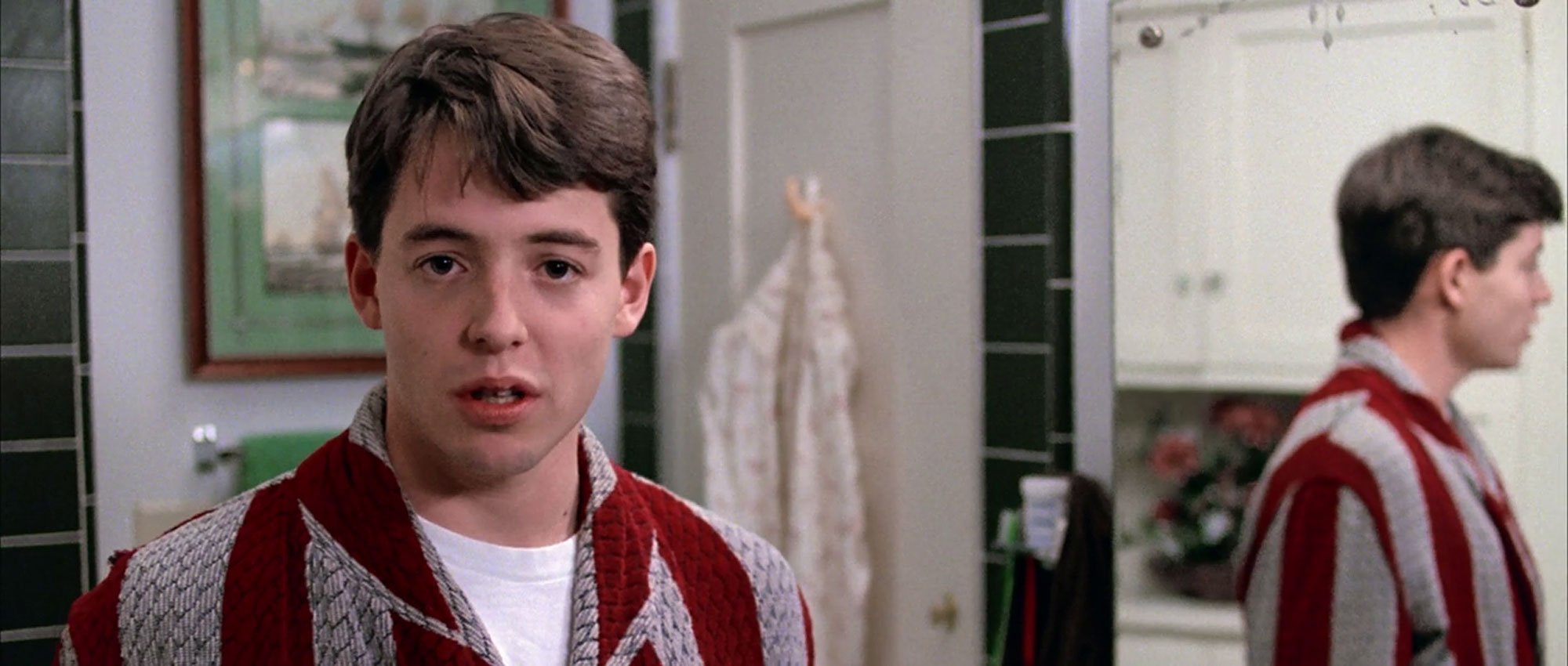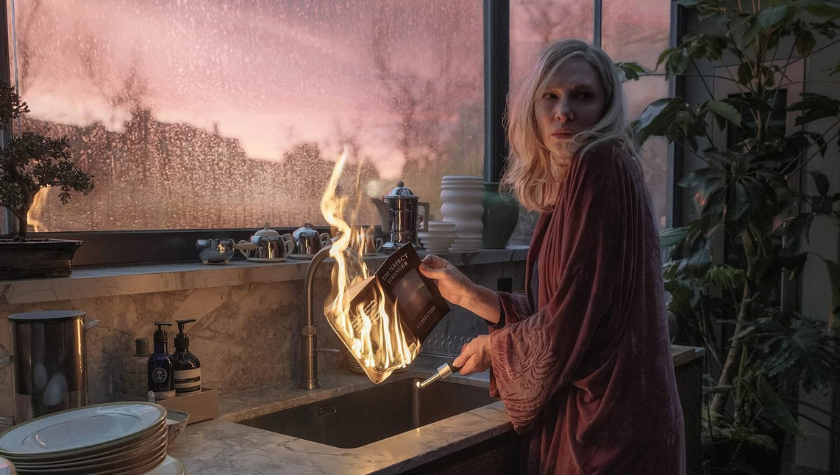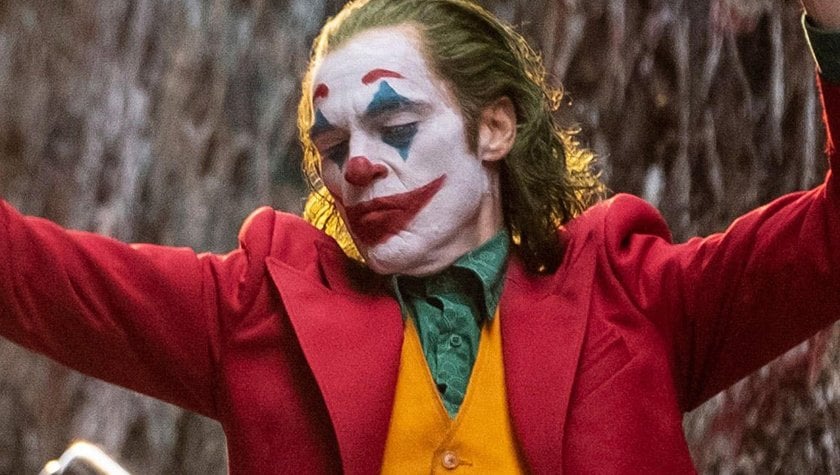Narration: How Voiceover Can Sometimes Make a Script Better
February 19, 2023
During my screenwriting education, we were urged to avoid the use of narrators in our scripts. There was a good reason for this: "baby writers" tend to over-rely on narrators to provide easy exposition or bypass actual character development as they struggle with the visual-storytelling demands of screenwriting. It's challenging to learn how to describe in pictures that which you've been trained all your life to put into words. Narrators can be a storytelling crutch, so it was mostly forbidden — although a few of my fellow writers used it anyway and I don't think the consequences were too dire.
Although this trained me not use this storytelling device and I still never have, I've come to believe that not all narrators are bad. I have found the use of narration quite compelling when it's used to enhance the drama and visuals on screen rather than shortcut around them.
Here are some ways I think narration can work:
- When the filmmaker is trying to adapt source material where the writing or tone are what make the story special, and that quality would be lost in a purely visual interpretation of the story. Examples of this are the snarky, dryly judgmental narrators of Martin Scorsese's The Age of Innocence and Stanley Kubrick's Barry Lyndon. These films are based on classic novels celebrated for the authors' unique voices. Having a narrator speak out loud some of those books' best, most memorable (and often witheringly sarcastic) lines, preserves something of the source's quality that would otherwise be lost, and creates tension between what's on screen and what the narrator is saying. It also provides a counterpoint to the action on screen because the narrators/authors see those characters and their behavior in a way that none of the characters do themselves, so that perspective would be otherwise lost.
- Sometimes, a film can be enhanced by point-of-view (POV) narration. In Terrence Malick's Badlands and Days of Heaven, or more recently in the Yellowstone prequels 1883 and 1923, the stories are narrated by one of its on-screen characters, so that we experience the stories from their perspective. It works because these stories sometimes contain extremely sparse dialogue, including long scenes of stunning Western vistas with no dialogue at all. In these cases, the poetic narration takes the place of dialogue in stories that are otherwise almost entirely visual, providing insight into a particular character and the events on-screen that the audience wouldn't otherwise have. (And this is a huge SPOILER so read no further if you haven't seen 1883 or 1923: the narrator, Elsa, is also narrating from beyond the grave, which adds another layer of interest and tension between what's being said, and by whom.) Another great POV narration example: Maddie in the Coen Bros.' remake of True Grit narrates some parts of the film as her older and wiser self, creating a tension between the adult woman we hear and the younger, naive woman we are seeing on screen. Same with Martin Scorsese's classic gangster movie GoodFellas, narrated, again, by an older and wiser version of the younger protagonist we see on screen, creating a natural tension between two versions of the character, one of whom we never meet until the final shot, except via narration.
- One more type of useful narration is when the narrator is unreliable – when their interpretation or explanation of what we are seeing is clearly dubious. An example of this is Forrest Gump – throughout the film, his narrated interpretation of what we are seeing is filtered through his intellectually limited perceptions to comic effect (such as Lt. Dan investing their shrimping profits into "some sort of fruit company," while it is made clear to us on screen that they are early investors in Apple). In the TV comedy Arrested Development, the narrator is a truth-teller who calls the characters on their self-deception immediately.

As the show progresses, the narrator becomes increasingly unreliable — and then begins to subtly hint that he is actually the director Ron Howard (which he is). Then the story adds yet another layer of irony by making Ron Howard, playing himself, a character within the show — while seemingly not being the same Ron Howard who is still the narrator. Twisting in on itself like an Escher drawing, you might lose the complex narrative threads in Arrested Development but they're great storytelling.
(Interesting side note: Barry Lyndon, a classic film called Tom Jones — also narrated in the author's voice — and Forrest Gump are all examples of a literary subgenre called the "picaresque," where a rogue or naïf of some kind experiences episodic adventures over the course of a somewhat sketchy, questionable life. Not that there are a lot of picaresque scripts floating around Hollywood these days but if you're writing one, it should apparently include a narrator!)
The main point here: in cases like these, the use of a narrator is additive to the story — the voiceover is a character all its own (often one that's not exactly matching anyone depicted on screen), and what that character has to say creates an element of storytelling that simply wouldn't be there without them.
Here is one super-famous example of when narration actually did not work:
Blade Runner. (Well, the original theatrical cut.) Studio executives demanded that a gumshoe detective-style narration be added to the original release, something that wasn't in the script, that the director didn't want, that the film's star, Harrison Ford, had to basically be forced to record. It was never planned, and so it only commented on the action; it added nothing of any significance. It wasn't a part of the story's original design.
The movie flopped. Although (because it's so good anyway) it became a cult classic, empowering director Ridley Scott to create several director's / super expanded or re-digitized / final cuts of the film, none of which use the narration, and all of which are better versions of the film. The narration didn't add anything except telegraph what the movie was supposed to be, a sci-fi gumshoe detective film (which is marketing, not storytelling). And when it was extracted, nothing was lost. In fact, one could argue, it was a better film without it … so it was actually additive to subtract the narration.

Written by: Karl Williams
Karl Williams is a screenwriting instructor at Scottsdale Community College in Arizona. He has won the Comedy and Sci-Fi Awards at the Austin Film Festival and the Jack Nicholson Prize for Excellence in Screenwriting at UCLA, where he earned his MFA.- Topics:
- Discussing TV & Film




